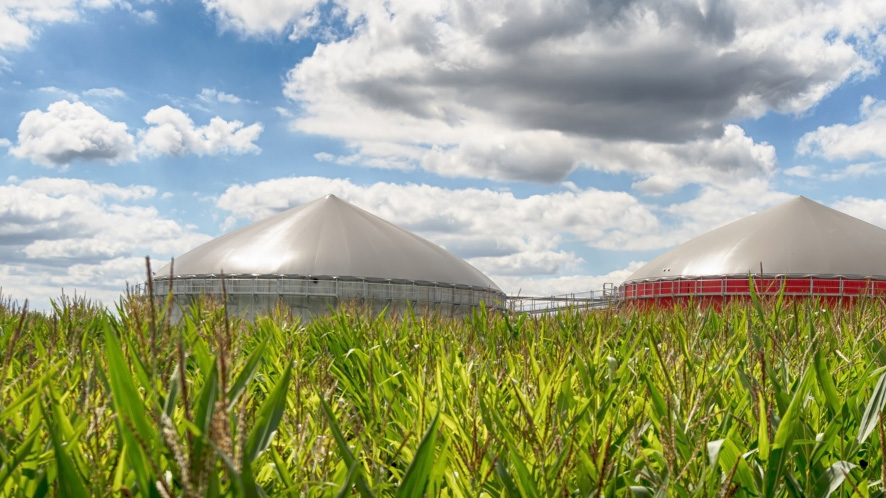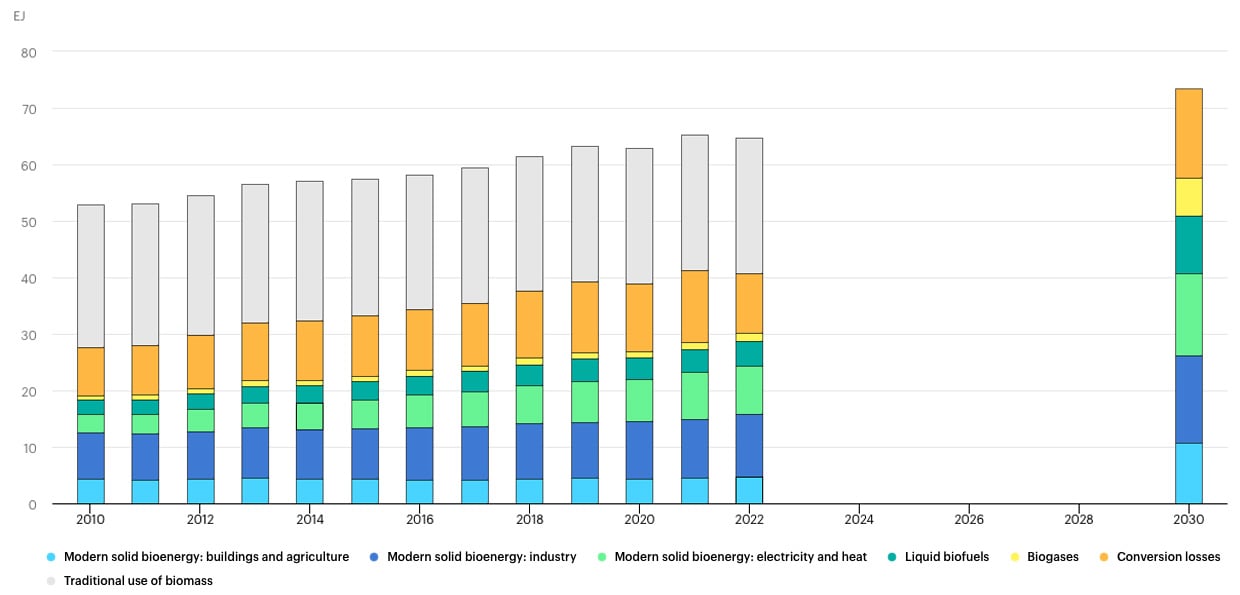Bioenergy
After hydro and wind, bioenergy is an important renewable energy source in the European electricity mix. Biomass is any organic decomposable matter from plants or animals available on a renewable basis, such as wood, plants, waste, garbage, landfill gases and alcohol fuels. Steam turbines or gasifiers generate electricity from biomass.
Buying Energy Attribute Certificates (EACs) from bioenergy guarantees that the renewable energy consumed is from this source. As a renewable energy source, biomass can either be used directly or converted into another type of energy product, such as biofuel.

Bioenergy numbers
The combustion of bioenergy does not contribute to the greenhouse effect in the long run. When biomass fuels are burned, the quantity of carbon dioxide released is the same as the amount the plants or animals consumed during their lifetime.
Bioenergy is the single largest renewable energy source today. It plays a crucial role in developing countries as basic energy for cooking and heating.
Bioenergy production has increased on average by about 3% per year between 2010 and 2022 and is on an upward trend. To reach the Net Zero goals, bioenergy production is expected to increase by 8% per year between 2022 and 2030. (IEA).
Bioenergy use by sector globally in the Net Zero Scenario, 2010-2030

.png?width=120&height=120&name=SDG-7-Clean-Energy%20(1).png)
.png?width=120&height=120&name=SDG13-Climate-Action%20(1).png)
Do you want to know more about our products and services? Let's have a chat.
Get in touch
Arturo Sanchez
Senior Key Account Manager
Get our latest news and insights to your inbox
Subscribe to our monthly newsletter to get first-hand market analysis and intelligence on sustainable solutions for your company.